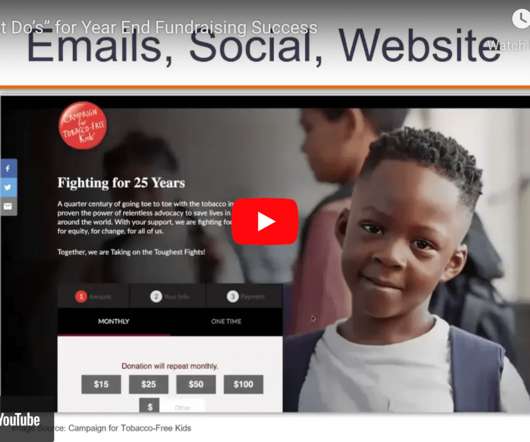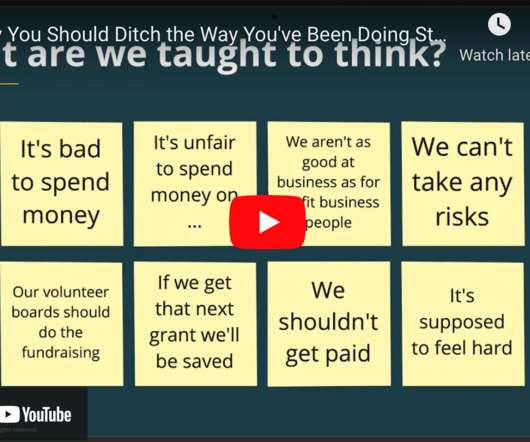Nonprofit Blog Carnival: Personal Productivity Tips for Nonprofits
Beth's Blog: How Nonprofits Can Use Social Media
FEBRUARY 3, 2015
He recommends reading The Shallows: What the Internet is Doing to Our Brains by Nicholas Carr to better understand the impact of chronic information overload, followed by his best advice about being purposeful with your attention online. I particularly like the “Heat Chart” where you color code priority tasks.













Let's personalize your content